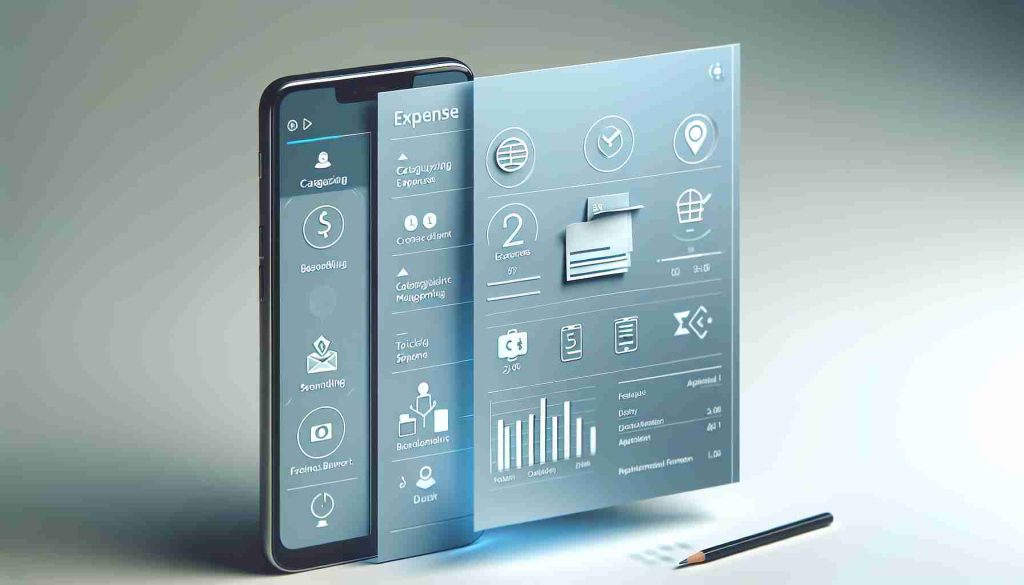In the competitive world of smartphones, the temptation of a new release can be strong. Many consumers find themselves drawn to the latest models, often creating a sense of urgency to upgrade. Despite the buzz surrounding the upcoming iPhone 16, one user chose a different path by opting for the iPhone 15 two months ahead of the new release.
Determining the right moment to purchase a phone isn’t necessarily aligned with new product launches. A recent family situation prompted this decision; when a family member required a new device and another reached the age of needing a personal phone, the timing became essential. While considering waiting for the newer model, they encountered an irresistible offer—a significant discount on the iPhone 15 along with a free device for their child.
The reality of technology purchases often leads to regret—wondering if a better option is just around the corner. Although the next model may boast impressive features like a larger display and enhanced camera capabilities, the priority remained on practicality rather than waiting indefinitely for the newest iteration.
Ultimately, individual needs and satisfaction should dictate phone choices. The new features may be appealing to some, but for users focused on basic functionality, earlier models can meet their needs effectively. In this case, the decision to purchase the iPhone 15 not only satisfied immediate requirements but also avoided the frustration of waiting for a release that may not have offered significant improvements for their everyday use.
Choosing the Right Time for a New Phone: A Comprehensive Guide
In today’s fast-paced tech landscape, consumers frequently face the dilemma of when to purchase a new smartphone. While cutting-edge devices are consistently hitting the market, it’s important to approach this decision with careful consideration of personal needs and market dynamics. This article aims to explore the key factors involved in choosing the right time to buy a new phone, alongside the advantages and disadvantages of various timing strategies.
Key Questions to Consider
1. What are my current needs?
– Answer: Evaluating your existing phone’s performance, its compatibility with current apps, and whether it meets your lifestyle requirements is crucial. If your phone has become sluggish, lacks essential features, or is incompatible with newer updates, it may be time for an upgrade.
2. Are there upcoming product launches?
– Answer: Staying informed about manufacturer announcements is essential. Companies often follow annual release cycles for their flagship models, which could influence your purchasing decision. However, consider that the latest model might not be necessary for your usage.
3. Can I afford the upgrade?
– Answer: Setting a budget is critical. Consider not just the initial purchase price, but also the total cost of ownership, including accessories, monthly plans, and potential long-term savings from trading in your old device.
4. What are the latest trends in technology?
– Answer: Understanding trends like 5G compatibility, improved battery life, or advancements in camera technology can help determine if upgrading now is worthwhile compared to waiting for future innovations.
Challenges and Controversies
A significant challenge consumers face is the overwhelming nature of marketing and the desire for the latest technology. There’s often a perception that newer models are inherently better, leading to the controversy surrounding planned obsolescence—where older models are no longer supported or become inefficient due to newer software updates.
Another challenge is the environmental impact of frequent upgrades. As e-waste continues to be a pressing issue, many consumers are questioning the sustainability of constant upgrades. A growing movement within the tech community advocates for extended product lifecycles and promotes repairing and upgrading existing devices.
Advantages and Disadvantages of Timing Your Phone Purchase
Advantages:
– Cost Savings: Buying just before a new release, especially during promotional events, can lead to significant discounts.
– Time to Research: Waiting allows consumers to better understand the latest features and reviews, leading to a more informed decision.
– Deciding between features: Newer models may highlight features that evolve the smartphone experience; being mindful of these advances can help you choose a device that meets your needs more effectively.
Disadvantages:
– Fear of Missing Out (FOMO): The anticipation of new releases can create anxiety over whether to purchase a device that may quickly be outdated.
– Opportunity Costs: The longer consumers wait for the perfect time, the longer they may be stuck with an underperforming device.
– Price Fluctuations: New releases often cause the prices of older models to rise temporarily due to consumer demand.
Conclusion
Navigating the right time to purchase a new smartphone is multifaceted, influenced by personal needs, market trends, and budgetary considerations. While the allure of the newest gadget is strong, it’s vital to balance desire with practicality, ensuring that the choice fits within your lifestyle and financial parameters.
For those looking for more comprehensive insights on technology and consumer habits, you can visit TechRadar for the latest news and reviews.




























